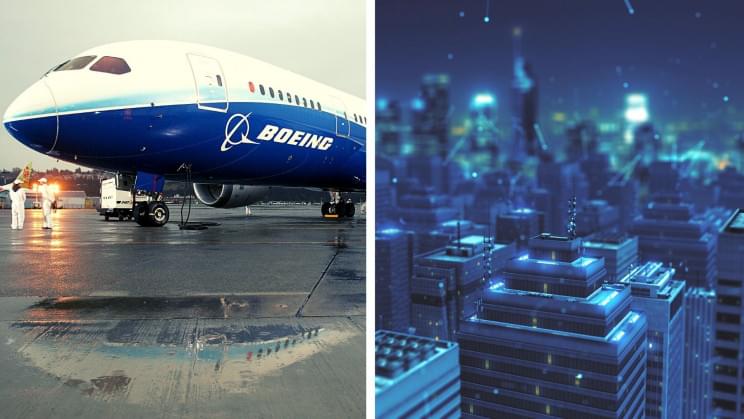Welcome to Web 3.0.
It’s happening.
Major human-focused industries are injecting virtual interactions into the very design of next-gen vehicles, as Boeing announced that its 3D engineering designs will have digital twins that speak to each other via “robots” that converse, while human mechanics at factories throughout the world will be linked via $3,500 HoloLens headsets developed by Microsoft itself, according to an initial report from Reuters.
In other words, Boeing just took a major step into Web 3.0, with airline service operations and production becoming unified within a single digital ecosystem. And it could happen in just two years.
Boeing wants to enter 2022 fighting for engineering dominance Critics of Boeing cite the firm’s previous commitments to triggering an imminent digital revolution. But insiders familiar with Boeing’s announcement say its general aims to improve safety and quality have gained a stronger sense of urgency and significance through the aerospace company’s struggles with several threats. Nevertheless, Boeing plans to fly into 2022 fighting for its engineering dominance in the industry following the 737 MAX crisis, while also preparing for a future aircraft program in the coming decade. But make no mistake, this is a $15-billion gamble. And to make good on its pledge, Boeing will also have to develop a means of preventing manufacturing issues, like the structural flaws that delayed its 787 Dreamliner in 2021.
Full Story:









Comments are closed.